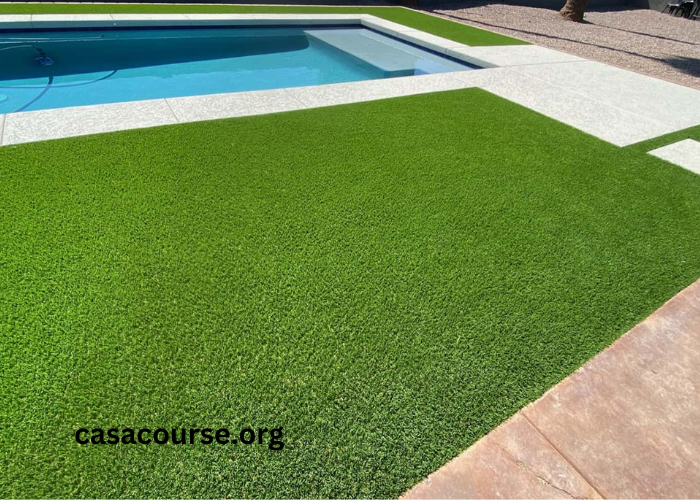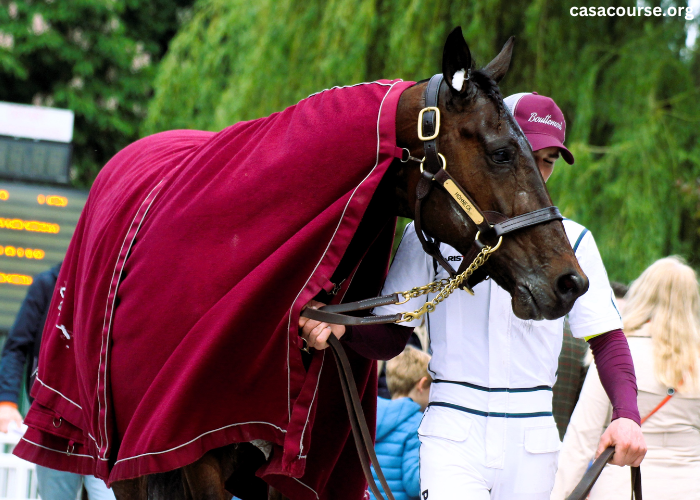In recent years, a quiet revolution has been taking place in the world of landscaping: the rise of artificial turf. Commonly known as “turf surprise” for its surprising benefits, artificial grass has been gaining popularity among homeowners, landscapers, and even professional sports arenas. But what exactly is this turf surprise, and why is it causing such a buzz? In this comprehensive guide, we’ll delve into the wonders of artificial grass, exploring its benefits, installation process, maintenance requirements, and environmental impact.
Understanding Artificial Grass
Artificial grass, also known as synthetic turf or fake grass, is a surface made from synthetic fibers designed to resemble natural grass. Initially developed in the 1960s, artificial turf has undergone significant advancements in technology, resulting in highly realistic and durable options available today. These synthetic fibers are typically made from materials like polyethylene, polypropylene, or nylon, offering a lush, green appearance that mimics the look and feel of real grass.
Benefits of Artificial Grass
The adoption of artificial grass comes with a myriad of benefits for homeowners and property managers alike. From reduced maintenance and water conservation to enhanced durability and year-round greenery, artificial turf offers a compelling alternative to traditional grass lawns. Additionally, artificial grass is pet-friendly, allergen-free, and resistant to pests and weeds, making it an ideal choice for families and pet owners seeking a low-maintenance outdoor solution.
Installation Process
Installing artificial grass requires careful planning and execution to ensure optimal results. The process typically involves site preparation, including excavation, grading, and installation of a base material such as crushed stone or sand. Once the base is in place, the artificial turf is laid out and secured, with seams carefully joined to create a seamless surface. Finally, infill materials such as silica sand or rubber granules may be added to provide stability and resilience to the turf.
Maintenance Requirements
One of the most appealing aspects of artificial grass is its minimal maintenance requirements compared to natural grass. Routine maintenance tasks may include brushing to fluff up the fibers, removing debris, and occasional rinsing to prevent odor buildup. Additionally, infill replenishment may be necessary over time to maintain the turf’s stability and resilience. Overall, artificial grass offers a hassle-free alternative to traditional lawn care, freeing up time and resources for other pursuits.
Environmental Impact
While artificial grass offers numerous benefits, it’s essential to consider its environmental impact. Unlike natural grass, artificial turf does not require watering, mowing, or chemical fertilizers, leading to significant water savings and reduced carbon emissions associated with lawn maintenance equipment. However, concerns have been raised about the use of non-biodegradable materials in synthetic turf and its potential contribution to plastic pollution. As such, responsible disposal and recycling practices are crucial to mitigate environmental risks associated with artificial grass.
Conclusion
In conclusion, the turf surprise of artificial grass presents a compelling solution for homeowners, businesses, and communities seeking sustainable, low-maintenance landscaping alternatives. With its realistic appearance, durability, and environmental benefits, artificial turf offers a versatile option for transforming outdoor spaces into lush, green oases year-round. By understanding the benefits, installation process, maintenance requirements, and environmental considerations associated with artificial grass, individuals can make informed decisions about incorporating this innovative landscaping solution into their outdoor environments.



